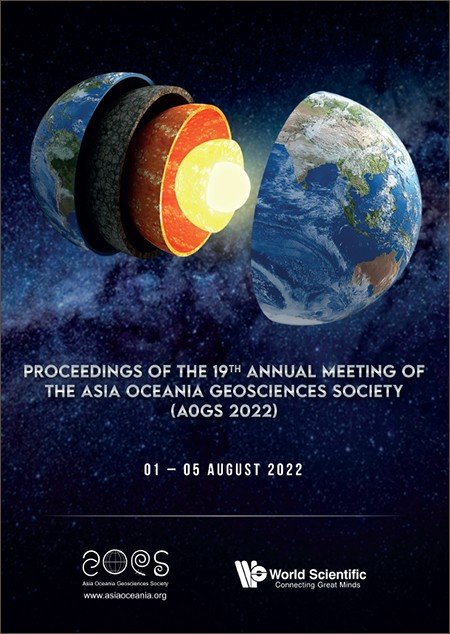ASSESSMENT OF WATER QUALITY PARAMETERS BY USING MULTIVARIATE ANALYSIS AND WATER QUALITY INDICES OF AN INDUSTRIAL SEAPORT RIVERBANK AREA IN BANGLADESH
The present study investigated the physicochemical and metal concentrations in water samples collected from Pasur River, Bangladesh. Mongla seaport stands on the bank of this river. Many industries and other commercial sectors situated in this port area are discharging their wastes into the river without proper treatment. The concentration range of TSS, chloride, iron (Fe), and manganese (Mn) were from 363.2 to 1482.7, 108.2 to 708.93, 1.13 to 2.75, and 0.19 to 1.41 mg/L, significantly exceeding the health-based guideline of WHO and Bangladesh (DoE) standards. The average pH value was 8.73, higher than the WHO and DoE standard limit. The water quality evaluation indices such as Metal Index (MI), Comprehensive Pollution Index (CPI), and Water Quality Index (WQI) were used to determine the pollution levels of the Pasur River. WQI (ranging from 391.3 to 1336.1), CPI (6.71 to 23.13), and MI (7.23 to 23.27) were very high and greatly exceeded standard limits indicating that the Pasur River water is highly polluted. The results of Pearson correlation analysis, principal component analysis (PCA), and cluster analysis (CA) indicated that the sources of pollutants were both geogenic and anthropogenic. The spatial distribution of quality indices and cluster groups indicates that the studied river’s urban and seaport areas were more contaminated. The primary anthropogenic sources are municipal wastewater, industrial effluents, runoff from an agricultural area, local bazar, car garage wastes, highway, and stormwater runoff.



